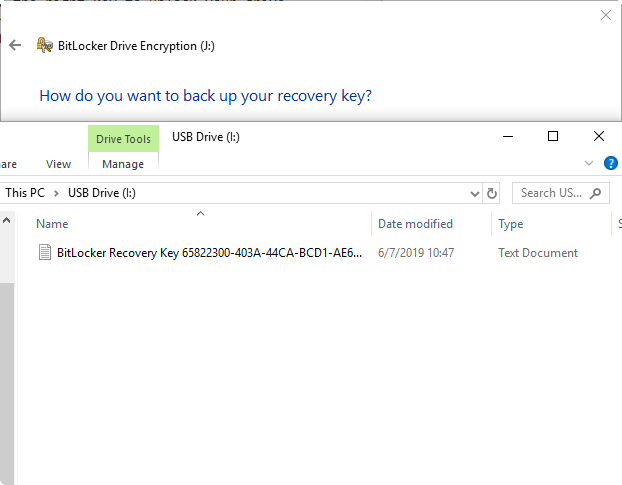

Your computer may also ask you to enter the Bitlocker recovery key if it detects a fishy activity or an unauthorized access to your drive. However, in case you forget it, Bitlocker also allows you to create a recovery key to access your drive. That’s it! Whenever your computer won’t start or you can’t sign into your Windows account, you can still access your files by decrypting the encrypted drive with your BitLocker recovery key.Bitlocker is an inbuilt drive encryption tool that makes sure an unauthorized person is not able to access your computer system or important files. If you’re restricted from running PowerShell script, you may have to adjust the PowerShell execution policy. The screen will display the recovery keys for every BitLocker drive found on your computer. From the PowerShell console, you can execute the.Right-click on the Start button and then select “ Windows PowerShell (Admin)” from the WinX Menu.Write-Output ("The drive $MountPoint has a BitLocker recovery key $RecoveryKey.") $RecoveryKey = ($_.KeyProtector).RecoveryPassword # Export the BitLocker recovery keys for all drives and display them at the Command Prompt. Open Notepad and paste the following script in it.This method works by creating a PowerShell script, so you can backup BitLocker recovery keys for all drives at once. Method 3: Backup BitLocker Recovery Keys for All Drives Using PowerShell Note it down on a piece of paper or save it to somewhere secure and accessible. You can find a 48 digit recovery key at the end.Replacing C: with the letter of your BitLocker-encrypted drive. Open the Command Prompt as administrator, and run the following command and press Enter.Method 2: Backup BitLocker Recovery Key Using Command Prompt You can save the key on a USB drive, a file on unencrypted drive or print it out.īut I would recommend you save the key to your online Microsoft account, so you can retrieve it from any computer by signing into this page: /recoverykey. It will prompt you to choose how to store the recovery key.



 0 kommentar(er)
0 kommentar(er)
